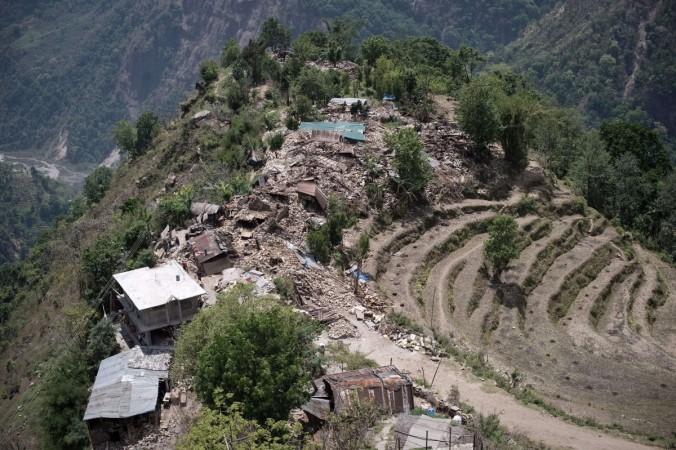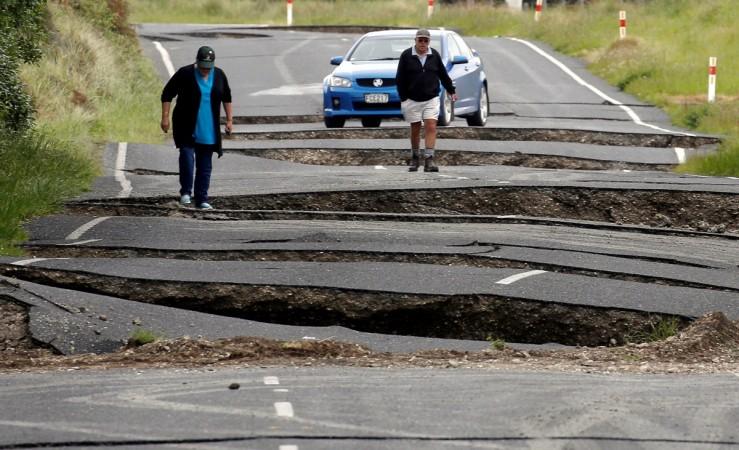
Scientists have, for a very long time, been warning of a massive earthquake in the central Himalayan region. And a new study has hinted that the quake could be as strong as 8.5-magnitude on the Richter scale and could jolt the region "anytime in the future."
While the 2015 Nepal earthquake was thought to be the big one, researchers believe that the "Great Himalayan Earthquake," is yet to hit. The new study has said that there could be at least one earthquake in the central Himalayan region and the magnitude could be even more that 8.5, leading to thousands of death and injuries.
"The enormous stacking up of strain in the region portends at least one earthquake of magnitude 8.5 or more in one of the overlapping segments of the central Himalayas anytime in the future," it says, according to IANS. Scientists have said that the quake is "overdue" and most likely will be "catastrophic."
As part of the study, researchers are said to have analysed existing databases, along with further investigation of local geological studies, Google Earth and Indian Space Agency satellite imagery. They then concluded that the seismic plates of the region have showed no activity for the past 600 to 700 years, which is not a normal occurrence.
"Considering this potentially high seismic risk, this will be particularly catastrophic for a region marked by an ever-growing population and unhindered expansion of the built-up environment, to be contrasted with poor preparedness to meet this contingency," team lead, seismologist CP Rajendran, told IANS.
Meanwhile, it is not just this team that has warned of the massive earthquake and geophysicist worldwide have reached similar conclusions. Roger Bilham, a US geophysicist at the University of Colorado, has also agreed with these findings and said: "They are undeniably correct in concluding that should an earthquake occur now, its magnitude could equal 8.5."
The region was jolted by a 7.9 magnitude earthquake in 2015, and Nepal was hit the hardest. The quake reduced large parts of Kathmandu to rubble and the death toll was estimated at about 9,000. About 22,000 people are known to have sustained severe injuries.

The Himalayan region isn't the only area known to be bracing for the "big one." The San Andreas fault in California too is known to be home to a large number of seismic activities and in 2017, the fault was jolted by 134 earthquakes in a span of a week.
Of the 134 tremors, 17 were said to have been stronger than 2.5 magnitude, while six of them were measured at over 3.0 on the Richter scale.
The much dreaded "big one," a hypothetical quake, is expected to rattle the San Andreas fault with jolts likely to be 8 or more killing about 14,000 people and injuring 30,000. Thousands are likely to be left homeless and the region's economy is expected to take a massive hit.

Meanwhile, geologists had earlier also warned New Zealand of frequent activity in the Hikurangi subduction zone, which could bring earthquakes of about 9.0 magnitude and cause a tsunami capable of wiping out areas in just seven minutes.
"We need to think Japan 2011 basically, because if our whole plate boundary ruptured it would be a magnitude-9 earthquake," GNS scientist Ursula Cochran told Fairfax.










